Black sesame seeds contain 3x more iron and nearly 3x the fiber of white sesame due to their unhulled nature, creating both nutritional superiority and distinctive bold flavor. This comprehensive guide reveals exactly how to maximize their culinary potential while avoiding common storage mistakes that cause rancidity. Discover professional techniques for toasting, pairing, and incorporating black sesame into both traditional and innovative dishes.
Table of Contents
- What Is Black Sesame? The Critical Hull Difference
- Black vs White Sesame: Nutritional Comparison That Matters
- Flavor Profile: Transforming Bitterness into Culinary Advantage
- 10 Practical Uses in Modern Cooking (Beyond Garnish)
- Storage Mistakes That Destroy Flavor (And How to Avoid Them)
- Buying Guide: How to Spot Fresh, High-Quality Seeds
- Summary: Key Takeaways for Immediate Implementation
- Frequently Asked Questions
What Is Black Sesame? The Critical Hull Difference
Black sesame seeds (Sesamum indicum) maintain their natural black hull, unlike white sesame which undergoes dehulling. This seemingly small difference creates dramatic contrasts in nutrition, flavor development, and culinary applications. The intact hull preserves vital nutrients while contributing distinctive bitterness that transforms when properly toasted. Understanding this structural difference is essential for using black sesame effectively in your cooking.

Black vs White Sesame: Nutritional Comparison That Matters
Contrary to common belief, the nutritional difference between black and white sesame isn't marginal—it's substantial. The hull contains concentrated nutrients that get removed during white sesame processing. These verified differences impact real-world cooking decisions and health considerations:
| Nutrient | Black Sesame (per 1 oz / 28g) | White Sesame | Practical Impact |
|---|---|---|---|
| Iron | ≈ 4.1 mg (23% DV) | ≈ 1.3 mg (7% DV) | Triple the blood health support in same serving size |
| Fiber | ≈ 3.5 g | ≈ 1.1 g | 14% vs 4% of daily fiber needs per serving |
| Magnesium | ≈ 101 mg (24% DV) | ≈ 35 mg (8% DV) | Significantly better for nerve and muscle function |
| Calcium | ≈ 98 mg | ≈ 97 mg | Comparable levels, but black sesame offers additional nutrients |
| Antioxidants | High (anthocyanins) | Moderate | Superior oxidative stress protection |
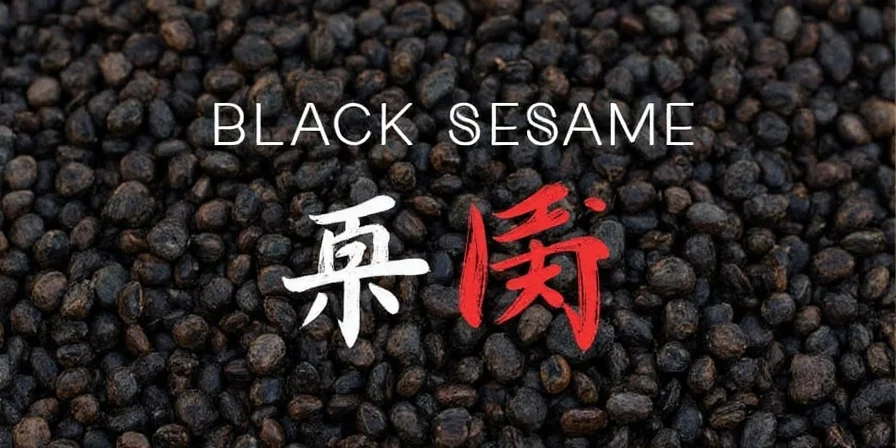
Flavor Profile: Transforming Bitterness into Culinary Advantage
Raw black sesame has pronounced bitterness that many home cooks find challenging. The secret? Strategic toasting transforms this potential drawback into a complex flavor asset. Professional chefs use these precise temperature guidelines:
Optimal Toasting Protocol:
- Medium-low heat: 3-4 minutes until fragrant (avoid high heat which burns outer hull)
- Immediate cooling: Transfer to cold surface to stop cooking process
- Timing matters: Use within 24 hours for peak flavor (volatile aromatics dissipate quickly)
Flavor Pairing Matrix:
- Sweet applications: Balance bitterness with maple syrup, honey, or white chocolate (1:3 ratio)
- Savory applications: Pair with miso, soy, or fish sauce for umami synergy
- Texture contrast: Sprinkle on creamy bases (avocado, yogurt, custard) for sensory dimension
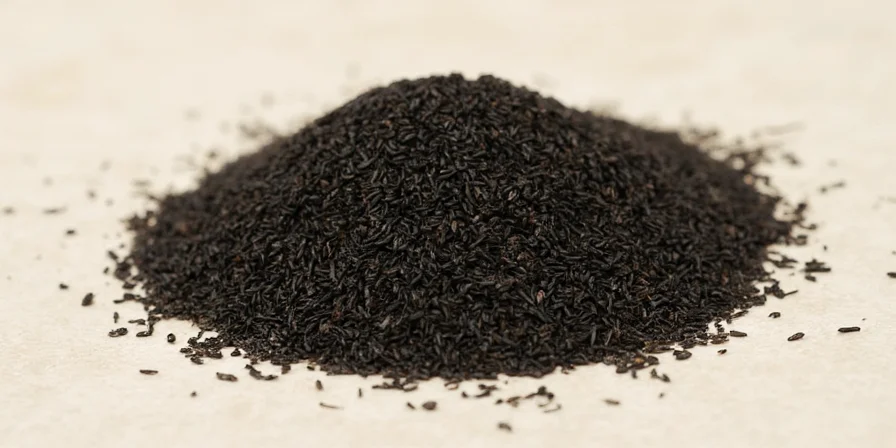
10 Practical Uses in Modern Cooking (Beyond Garnish)
Move beyond basic sprinkling with these chef-developed applications that maximize black sesame's unique properties:
- Toast-infused oils: Steep toasted seeds in warm neutral oil for 10 minutes, then strain (ideal for dressings)
- Flavor layering: Blend 1 tsp into brownie batter for subtle depth without overwhelming chocolate
- Texture contrast: Sprinkle over ice cream or panna cotta for sensory dimension
- Umami base: Incorporate ground seeds into vinaigrettes instead of poppy seeds
- Visual storytelling: Create striking black-and-white contrasts in layered desserts
- Protein crust: Combine with panko for seared fish or chicken cutlets
- Nutrition boost: Blend into smoothie bases where color won't dominate
- Soup thickener: Replace some roux with ground sesame for nutty depth
- Vegetable finish: Toss roasted vegetables with toasted seeds and citrus zest
- Breakfast upgrade: Mix into oatmeal or yogurt with banana for iron-rich meal

Storage Mistakes That Destroy Flavor (And How to Avoid Them)
The natural oils in black sesame make proper storage critical—improper handling causes rapid rancidity that destroys both flavor and nutritional value. Follow these professional protocols:
- Immediate refrigeration: Store opened seeds in airtight container in refrigerator (not pantry)
- Freeze for longevity: Portion into 1-ounce bags and freeze for storage beyond 3 months
- Reject compromised batches: Discard if you detect any stale, paint-like odors
- Buy small quantities: Purchase only what you'll use within 2 months for peak freshness
- Check for white specks: Indicates premature hulling and reduced nutritional value
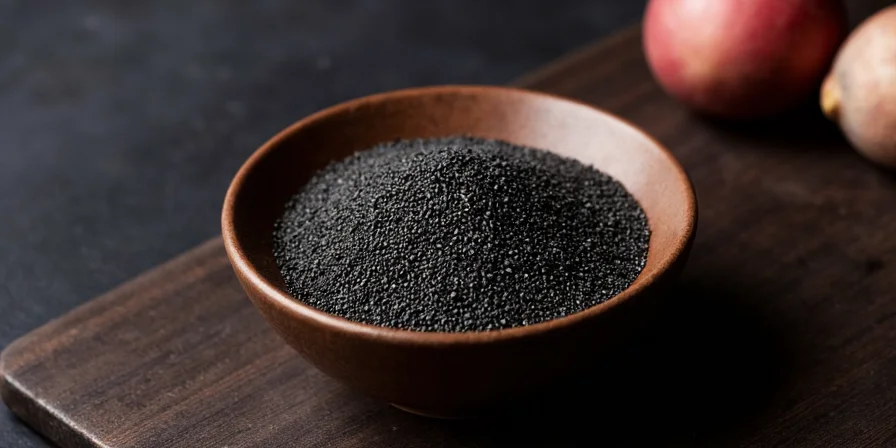
Buying Guide: How to Spot Fresh, High-Quality Seeds
Quality varies dramatically between suppliers. Use these visual and sensory tests before purchasing:
| Quality Indicator | High-Quality Black Sesame | Low-Quality Warning Signs |
|---|---|---|
| Color | Deep, uniform black with slight blue undertones | Faded black or brownish tint |
| Texture | Firm, consistent size with smooth surface | Chalky texture or inconsistent sizing |
| Smell | Faint nutty aroma | Stale, rancid, or musty odor |
| Hull integrity | Complete hulls without white specks | White specks indicating hull damage |
| Moisture test | Dry to touch, no clumping | Clumping or damp texture |
Summary: Key Takeaways for Immediate Implementation
Implement these evidence-based practices today for maximum black sesame impact:
- Always toast at medium-low heat for 3-4 minutes to transform bitterness into complex flavor
- Store opened seeds in refrigerator immediately to prevent rancidity (freezer for long-term)
- Leverage the 3x iron advantage in plant-based diets for better nutrient absorption
- Use sparingly in Western dishes (1 tsp per serving) as flavor accent, not dominant ingredient
- Combine with vitamin C sources (citrus, berries) to enhance iron absorption
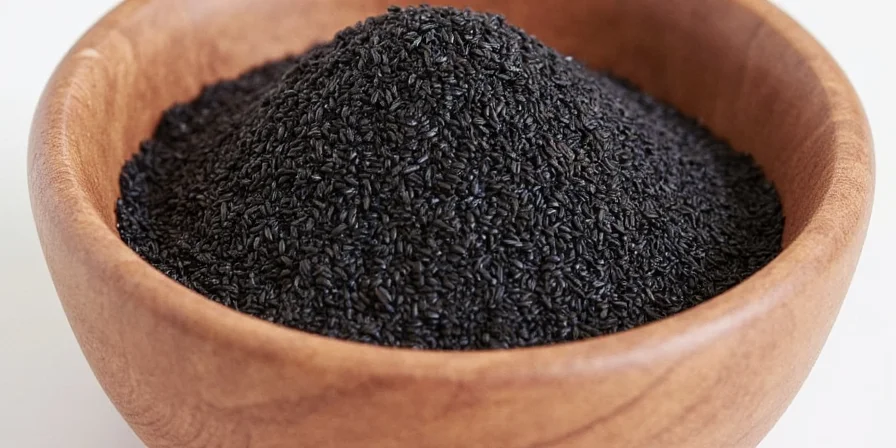
Pro Tip:
For restaurant-quality black sesame ice cream, toast seeds until fragrant, blend with warm cream (not milk), then strain through fine mesh. This captures volatile aromatics while eliminating gritty texture—creating smoother, more intense flavor than commercial versions.
Frequently Asked Questions
Why does black sesame have significantly more iron than white sesame?
The black hull contains concentrated iron that gets removed during white sesame processing. Black sesame provides approximately 4.1mg of iron per ounce (23% of daily value) compared to white sesame's 1.3mg (7% DV), creating a meaningful difference for plant-based diets and iron-deficient populations.
Can I substitute black sesame for white sesame in recipes?
Yes, but with important adjustments. Use 25-30% less black sesame due to stronger flavor, always toast it first, and pair with complementary sweet/fat elements to balance bitterness. In visual applications (like bread toppings), black sesame creates dramatic contrast white sesame cannot provide.
Why does my black sesame paste separate after storage?
Natural oil separation occurs due to high fat content. To prevent this, add 1/4 tsp neutral oil during initial blending. If separation occurs, gently warm the container in hot water and whisk vigorously. Refrigeration extends stability but requires warming before use.
How long do black sesame seeds last before going bad?
Properly stored (airtight container in refrigerator), black sesame lasts 3-4 months after opening. Freezing extends shelf life to 12 months. Signs of spoilage include rancid odor, bitter taste beyond normal profile, or visible mold. Always check smell before use as oxidation happens before visible signs appear.

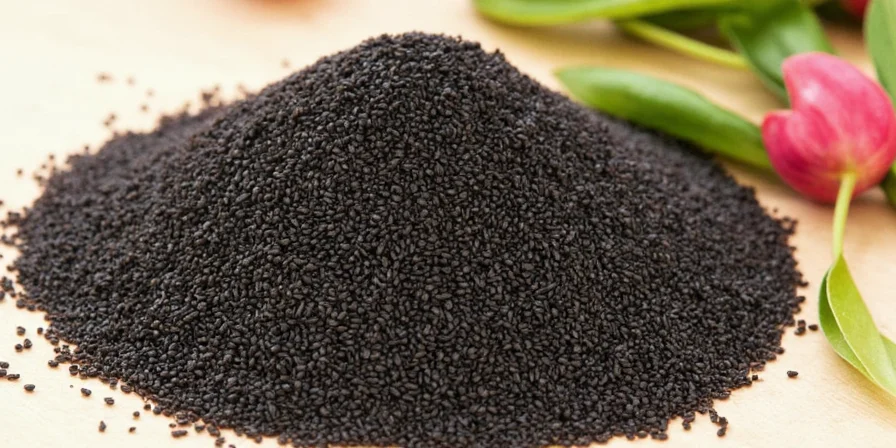









 浙公网安备
33010002000092号
浙公网安备
33010002000092号 浙B2-20120091-4
浙B2-20120091-4